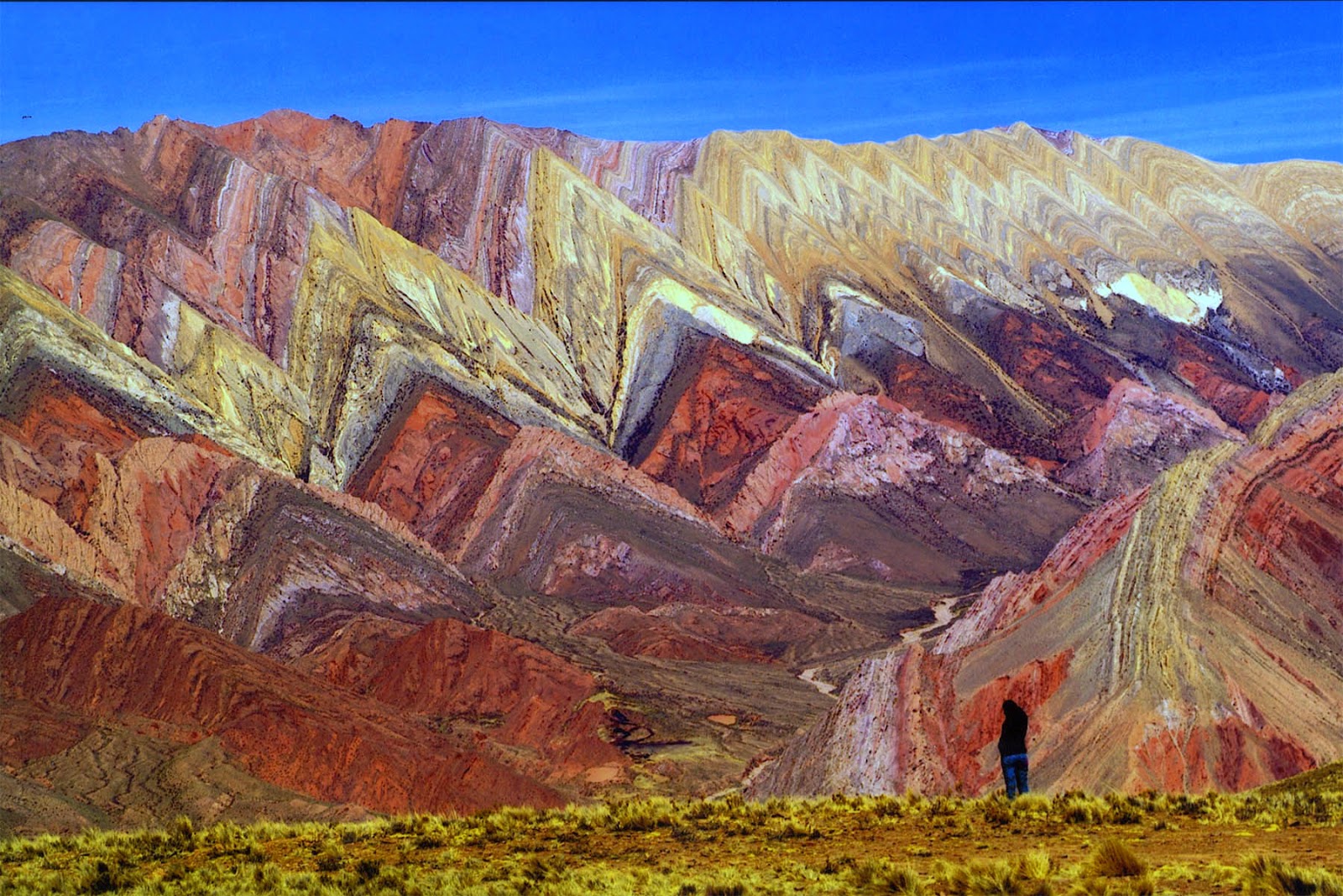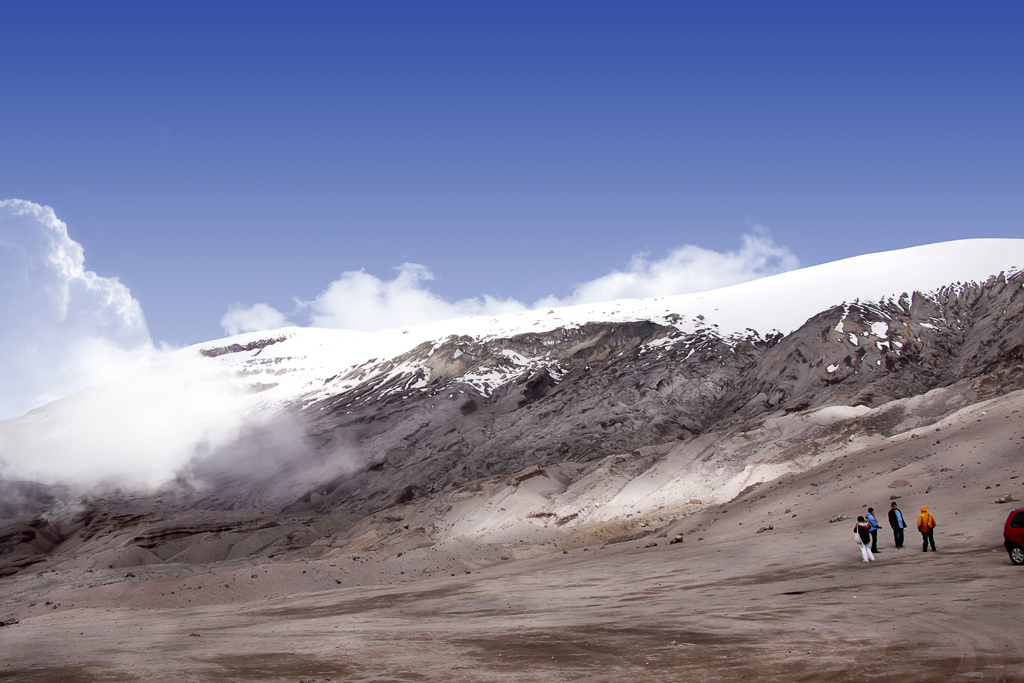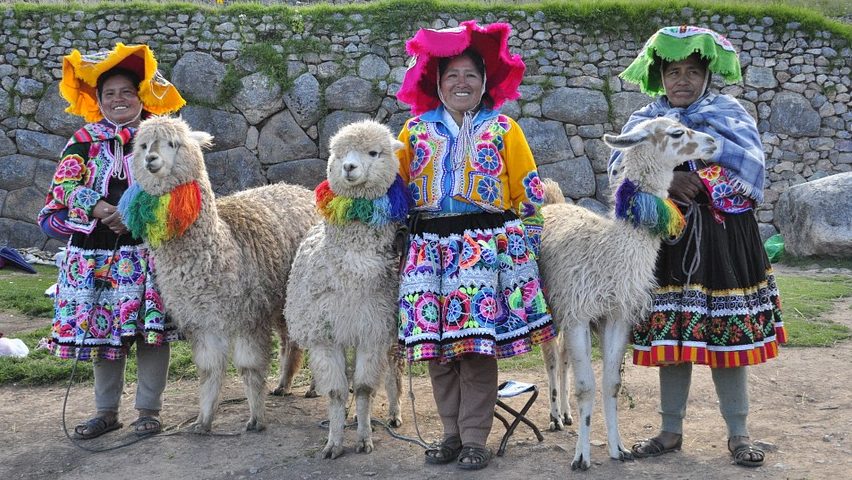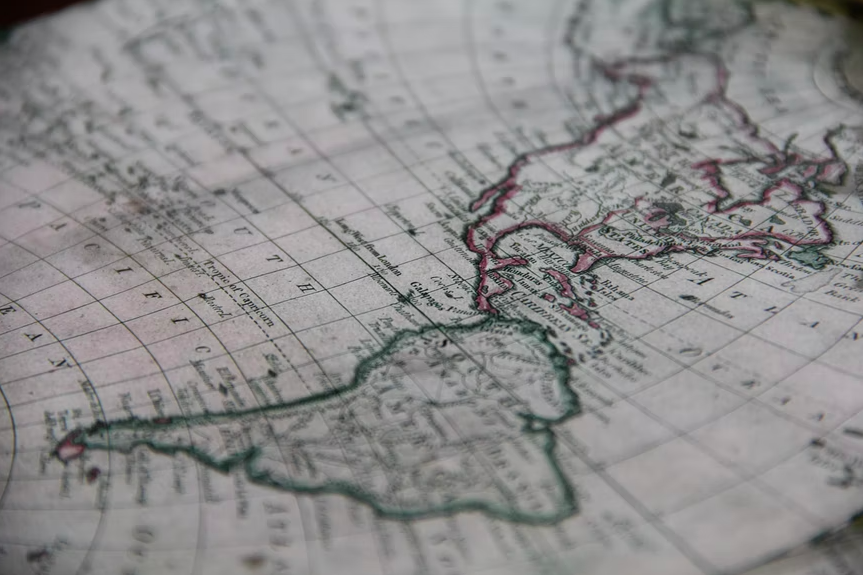The majority of visitors will begin their adventures from Salta. This large provincial capital sits 1,1500m above sea level and offers the elegant image so often associated with Argentina’s beautiful cities. From here however the landscapes begin to drastically change as you begin to ascend the mountains into the neighbouring Jujuy province. A two-hour journey north from Salta will deliver you to San Salvador De Jujuy, the only medium-sized town that sits between here and the Bolivian border that can be found almost 2000m higher at the end of the meandering road.
From the town, the surrounding forest-lined mountains offer an array of hikes before embarking on a remote road with phenomenal yet stomach wrenching cliff-side views that take you into the depths of the Quebrada de Humahuaca. Channelling the Rio Grande, this area’s name refers to the large, sandy valley that guides the road directly up towards Bolivia. Its history stretches back even before the Incas, who prospered through economic and social mobility by using the route as a popular trading route. Aside from a few obscure farm plots, the air begins to thin as you climb through nothing but golden cliff sides and before you know it the landscape transforms into a setting more apt for a Wild West film than the European culture that is commonly associated with the rest of Argentina. Here, Cardon Grande Cactus eerily crop up across the mountain ridges and watch over Wanderers and the air is still and silent.
Instead, should you choose to head closer to Bolivia you will eventually reach Tilcara and Humahuaca before the final stretch to the border, which is possible to cross by foot if you can handle the phenomenal shift in altitude. It is at the latter town, where once again you can face spectacular ridges which, this time has been named ‘Cerros de los 14 Colores,’ after it’s even more diverse colourful cliffs.

The spirituality here was the most powerful I had felt it throughout the length of Argentina. The music, customs and traditional dress take a prevalence here, yet with it, the area has begun to attract the allure of travellers, hitchhikers and Argentines alike.
It is here in this remote, secretive part of the little-known deserts that you have the opportunity to experience a side of Argentina that is more in touch with the spiritual depths of South America’s ancestors, the addition is that you can also experience all of this with the good Malbec and food that the country is renowned for.









very good most of your articles, many years of quality posts, i admire you in many things and i disagree in others, but still love your posts.
Hey 🙂 Just between, are some totally uncorelated websites blogs to ours, however, they are ultimate worth checking out.. Super! Turbo! Great this typography carry on as usual Add Free links
Good bus service is available from Mendoza to a number of nearby towns and cities. Among these is San Juan, 110 miles to the north. Although this city was almost completely destroyed by an earthquake in 1944, much of it has been rebuilt